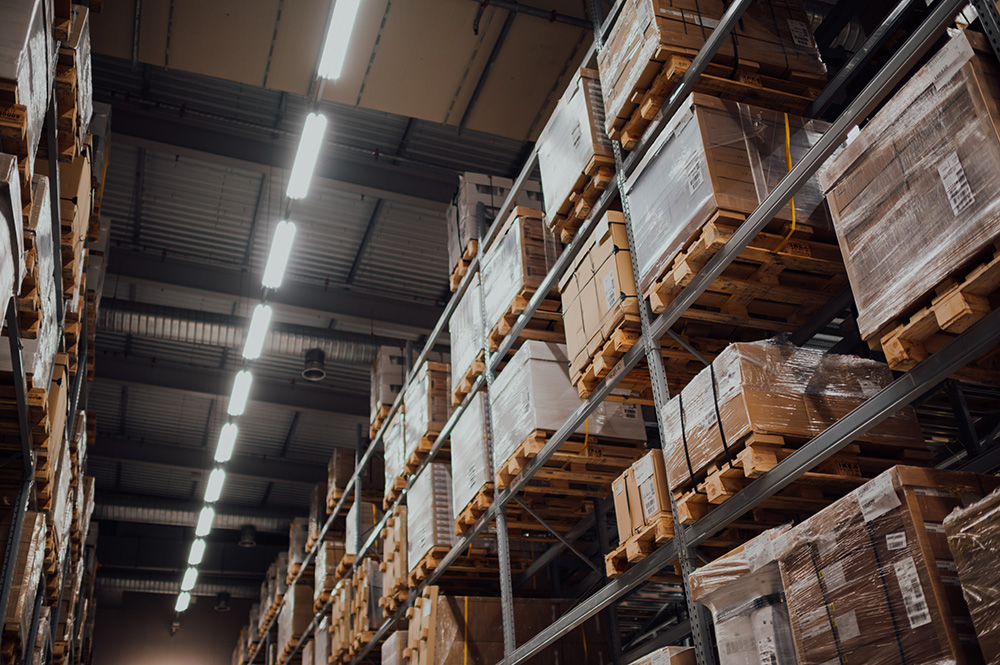
Previously, we had received an order to manufacture diamond louvre clips in 3 colors which were black, white and grey. Since the development of the clips, we faced a warpage issue with the clips. The warpage of all the clips injected and packed out of Glasfil Polymer was controlled to 0.2mm and below. However, upon the customers receiving the louvres the warpage had increased to an average of 0.7-0.8mm. After investigating the issue we discovered that the warpage had further developed after being packed in the box for days. After a few days the warpages developed to an average of 0.4-0.8mm and after weeks time the average warpage was 0.7-0.8mm.
To counter the warpage, we added weights after the injection to ensure all louvres were controlled at 0.2mm. We would add weights for 20 minutes post injection and then test the warpage before packing them into boxes for delivery. After doing this we received no complaints and assumed the issue had been rectified. As we always delivered the clips to customers just in time. We never realized that the warpage had continued to develop further in the packed boxes. When we received a complaint years later, we checked the samples we had in our showroom and realized the warpage was 0.7-0.8mm. To investigate the issue further, we had more than 40 pieces of louvres injected with different test conditions with a controlled warpage of 0.2mm. We tried out different machine conditions, water dipping after injection and adding weights but unfortunately received a conclusive warpage with an average of 0.7mm which develops a few days after. Another problem was that the color of the louvre was fading.
We performed a commonality analysis, where we collected the 62 samples and the freshly injected samples. From the analysis, we came to the conclusion that all the warpage is consistent with an average of 0.65mm across all colors and cavities. Warping is caused by uneven stress in the molded parts which is typically caused by the cooling rate of the plastic. By using software simulation, it showed that using a normal PP material would have a minimum warpage of 0.4-0.5mm. And that the special grade material we were using would have more warpage. We consulted a compounder about the issue and they recommended a different formulation and that we touch up and service the mold.
Finally, we came up with 2 potential solutions. The first was to redesign a new mold with a lesser warpage as the mold we were using had reached it’s guaranteed shots of 500,000 which was also proved to be one of the causes of the warpage. The second was to formulate a new material with lesser warpage by adding new additives. In the end we opted for the second solution, we replaced the PP Homo as a base for the formulation with PP Copo instead. Then we added 15% of elastomers to increase the softness but still maintain the rigidity of the material. Then we added UV stabilizer and antioxidant to prevent the color from fading.